International Coastal Cleanup: September 16th, 2017
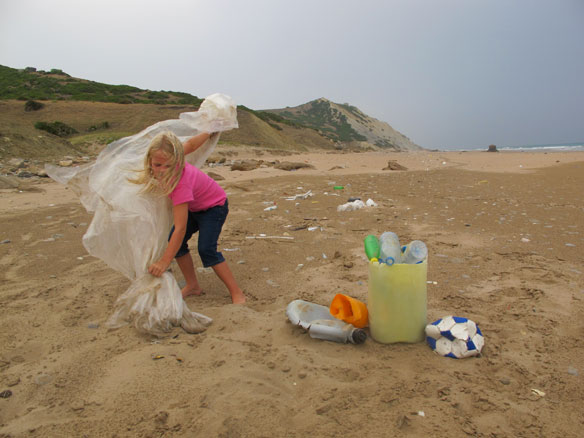
By participating in the International Coastal Cleanup, you can make a difference. In partnership with volunteer organizations and individuals around the globe, Ocean Conservancy’s International Coastal Cleanup engages people to remove trash from the world’s beaches and waterways, identify the sources of debris and change the behaviors.
Hurricanes, Human Rights and Fiji
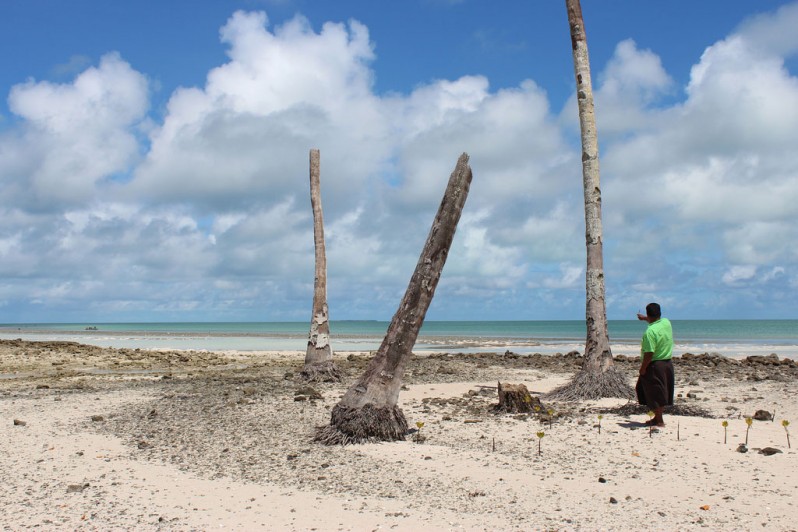
Stories of lives upturned are certainly tragic, but they also help explain why rising seas and extreme weather are linked to human rights.
Historical nautical maps show loss of coral reefs

Scientists have used detailed nautical maps created by British sailors in the 1700s to study more than two centuries of coral loss in the Florida Keys. They found that over the past 240 years, the region has lost more than half of its coral structures, with some areas, particularly closer to shore, either gone completely or having lost up to 90 percent of their extent.
Ship exhaust makes oceanic thunderstorms more intense
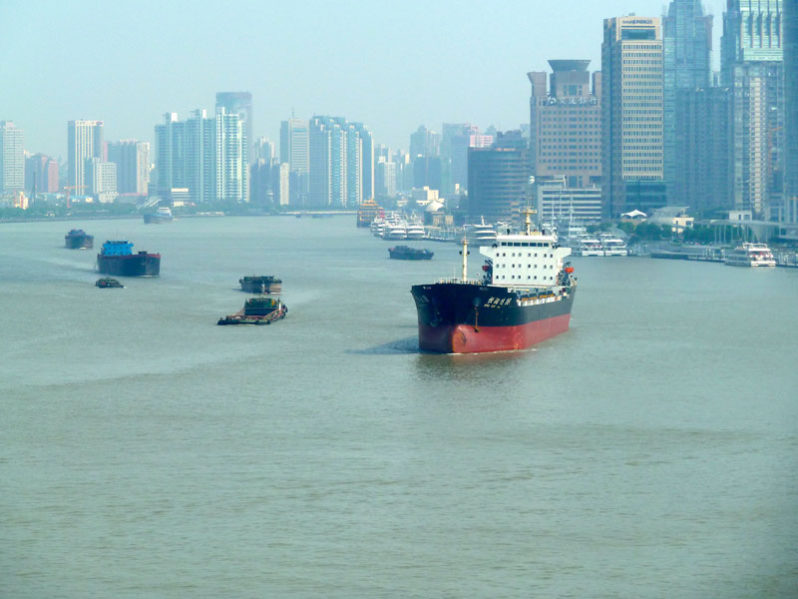
Thunderstorms directly above two of the world’s busiest shipping lanes are significantly more powerful than storms in areas of the ocean where ships don’t travel, according to new research.
How Irma unfolded: the hurricane by the numbers
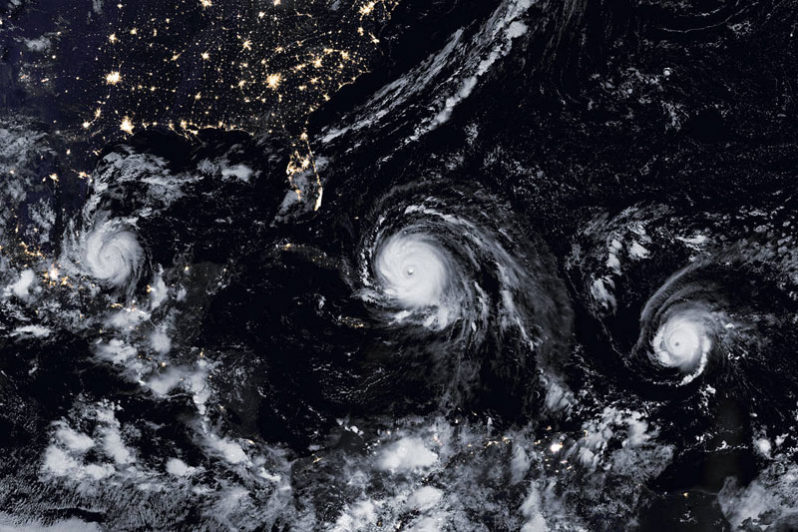
Irma set several meteorological records, with 37 hours of sustained 185mph winds in the Caribbean. Here’s a look at some more of the key figures.
Florida Keys compared to a “war zone” in wake of Hurricane Irma
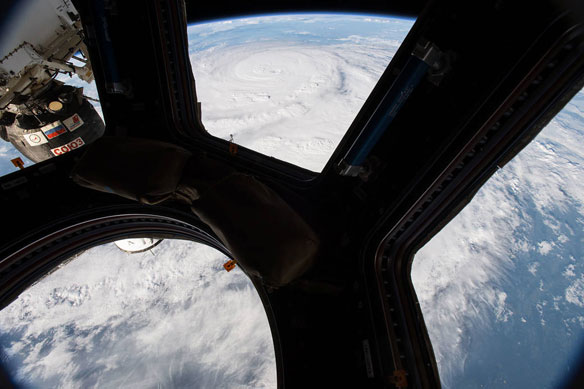
Hurricane Irma has battered the Florida Keys, destroying roadways and isolating residents who didn’t evacuate the string of islands, prompting one county’s emergency management director to call the situation a possible “humanitarian crisis.”
East Coast of the USA is slowly sinking into the sea, study shows
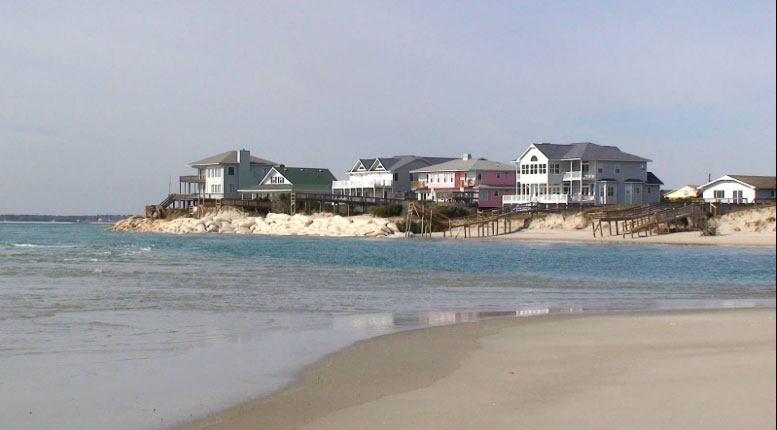
The East Coast of the United States is threatened by more frequent flooding in the future. According to this study, the states of Virginia, North Carolina, and South Carolina are most at risk. Their coastal regions are being immersed by up to three millimeters per year , mong other things, due to human intervention.
Irma’s final phase: Flooding in the Southeast is biggest concern
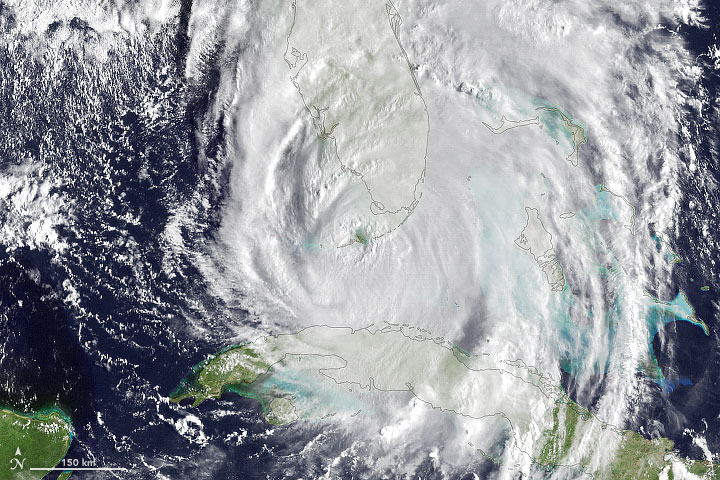
Both storm surge and inland flooding, which cause the majority of deaths in tropical cyclones, remain a risk over the Southeast states.
Hurricane Irma is literally sucking the water away from shorelines, Video

Hurricane Irma is so strong and its pressure is so low, it’s changing the shape of an ocean, sucking water from its surroundings into the core of the storm.
